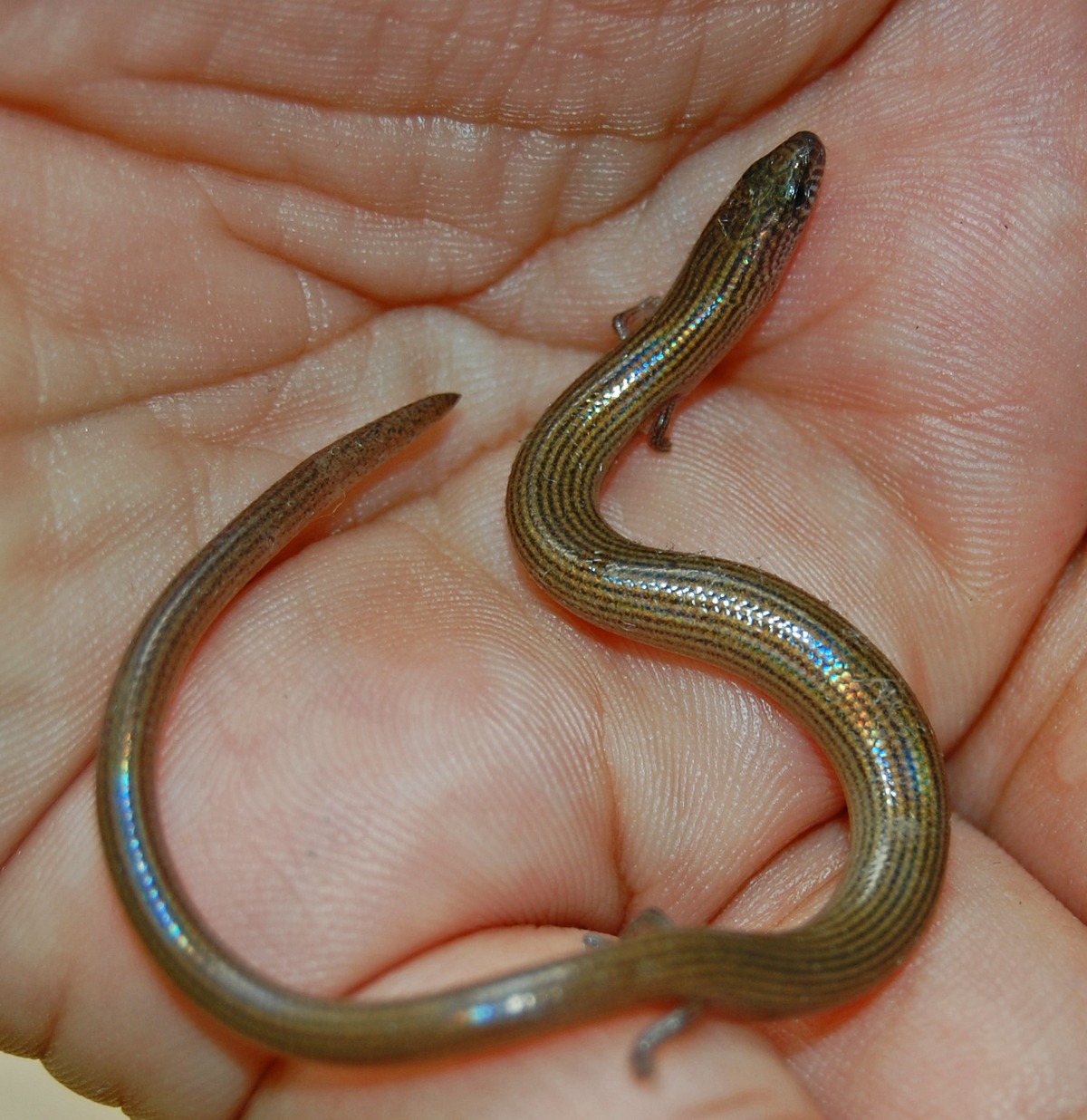In the heart of California, a captivating discovery has astounded the scientific community and nature enthusiasts alike – an exceptionally rare four-legged snake with enigmatic physical attributes. This remarkable find has raised intriguing questions about the evolution and adaptation of these reptilian creatures. In this SEO-optimized article, we delve into the fascinating story of this extraordinary serpent, shedding light on its significance and the mysteries it unravels.

The Extraordinary Find:
Located in the diverse ecosystems of California, researchers stumbled upon this exceptional four-legged snake, defying conventional understanding of snake anatomy. Sporting fully developed limbs, this snake species challenges long-held beliefs about the evolution of reptiles, leaving experts in awe.
Physical Characteristics:
The four-legged snake, tentatively identified as a member of the Colubridae family, showcases unique physical attributes that set it apart from its legless counterparts. It boasts four small, clawed limbs resembling miniature reptilian appendages, raising questions about its locomotion, behavior, and hunting techniques.

Evolutionary Implications:
The discovery of a four-legged snake has far-reaching implications for evolutionary biology. Scientists are keen to explore how and why this particular snake developed limbs in an environment where slithering would seem sufficient for survival. This enigma prompts a reevaluation of snake evolution and adaptation theories, offering a window into the complex relationship between form and function in the animal kingdom.
Local Impact:
The find has garnered significant local attention, with wildlife enthusiasts and researchers flocking to the California site to observe and study this unprecedented specimen. Conservationists are also taking the opportunity to highlight the importance of preserving the fragile ecosystems where such rare creatures thrive.
Conservation and Research:
As scientific interest in the four-legged snake intensifies, conservation efforts are gaining momentum. Researchers are working to understand the snake’s habitat requirements and behavior to ensure its protection and the preservation of its unique environment.
Conclusion:
The discovery of an exceptionally rare four-legged snake in California challenges our understanding of snake evolution and adds a thrilling chapter to the annals of herpetology. This remarkable find reminds us that there are still mysteries to uncover in the natural world, even in well-explored regions like California. As scientists and enthusiasts continue to study and learn from this extraordinary serpent, the insights gained may reshape our perceptions of reptilian evolution and adaptation.




